Blockchain Report Template
Introduction to Blockchain Technology
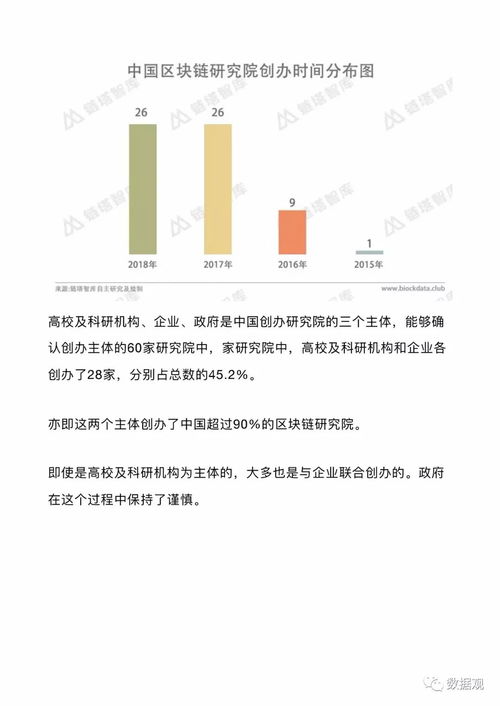
Blockchain technology has emerged as a revolutionary force in the digital world, disrupting traditional industries and creating new opportunities. At its core, blockchain is a decentralized ledger that records transactions across multiple computers, ensuring transparency, security, and immutability. This report aims to provide an overview of blockchain technology, its applications, and its potential impact on various sectors.
Understanding Blockchain Technology
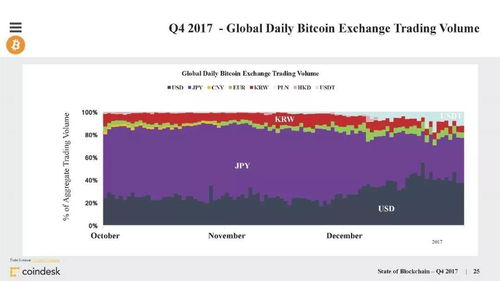
Blockchain is a distributed database that maintains a continuously growing list of records, called blocks. Each block contains a cryptographic hash of the previous block, a timestamp, and transaction data. This structure ensures that the data is tamper-proof and can be verified by anyone with access to the blockchain. The key features of blockchain technology include:
Decentralization: The blockchain operates without a central authority, reducing the risk of fraud and manipulation.
Transparency: All transactions are recorded on the blockchain and can be viewed by anyone, fostering trust among participants.
Immutability: Once a transaction is recorded on the blockchain, it cannot be altered or deleted, ensuring the integrity of the data.
Security: Blockchain uses advanced cryptographic techniques to secure transactions and protect against cyber threats.
Applications of Blockchain Technology
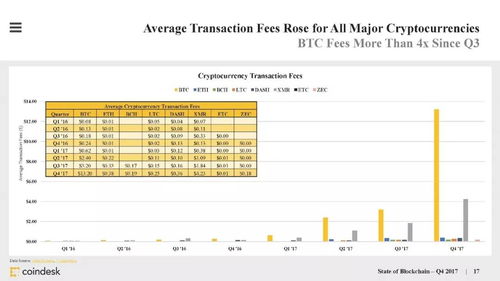
Blockchain technology has the potential to transform various industries, including finance, healthcare, supply chain, and more. Here are some of the key applications:
Finance
Blockchain has the potential to revolutionize the financial industry by enabling faster, cheaper, and more secure transactions. Cryptocurrencies like Bitcoin and Ethereum are built on blockchain technology, offering a decentralized alternative to traditional banking systems. Smart contracts, which are self-executing contracts with the terms of the agreement directly written into lines of code, are also gaining popularity in the finance sector.
Healthcare
Blockchain can enhance the security and privacy of patient data, as well as streamline the healthcare supply chain. By creating a decentralized and immutable record of patient information, blockchain can help prevent data breaches and ensure that patients have control over their own health data. Additionally, blockchain can track the provenance of medical supplies and pharmaceuticals, reducing the risk of counterfeit products.
Supply Chain
Blockchain can improve supply chain transparency and efficiency by providing a clear, traceable record of goods and services. This can help businesses reduce costs, minimize waste, and ensure compliance with regulations. Blockchain can also be used to create digital identities for products, enabling consumers to verify the authenticity and origin of goods.
Challenges and Concerns
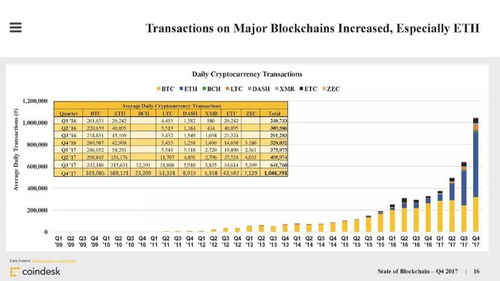
While blockchain technology offers numerous benefits, it also faces several challenges and concerns:
Scalability: Blockchain networks can struggle to handle a large number of transactions, leading to network congestion and high transaction fees.
Energy Consumption: The process of mining cryptocurrencies, which requires significant computational power, is energy-intensive and has raised environmental concerns.
Regulatory Hurdles: The lack of clear regulations around blockchain and cryptocurrencies can create legal uncertainties and hinder adoption.
Security Risks: Although blockchain is generally secure, vulnerabilities can still exist, and malicious actors may attempt to exploit them.
Future Outlook
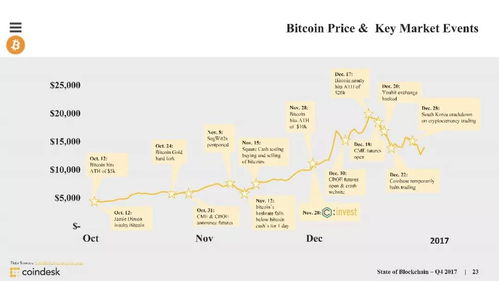
Despite the challenges, the future of blockchain technology looks promising. As more industries adopt blockchain solutions, the technology is expected to evolve and overcome its limitations. Innovations in blockchain architecture, such as layer 2 solutions and sidechains, are being developed to address scalability issues. Additionally, regulatory frameworks are gradually being established to provide clarity and encourage widespread adoption.
In conclusion, blockchain technology has the potential to reshape the way we interact with data and conduct transactions. By addressing the challenges and leveraging its unique features, blockchain can contribute to a more transparent, secure, and efficient future.
Conclusion
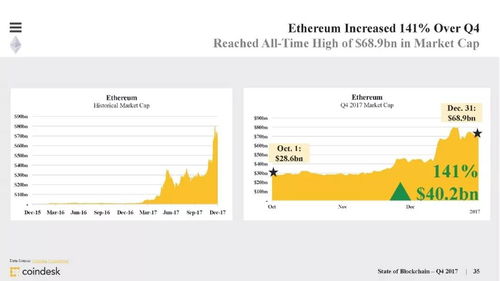
This report has provided an overview of blockchain technology, its applications, and the challenges it faces. As the technology continues to evolve, it is crucial for businesses and governments to stay informed and adapt to the opportunities and risks that blockchain presents. By embracing blockchain, we can pave the way for a more decentralized and secure digital world.
